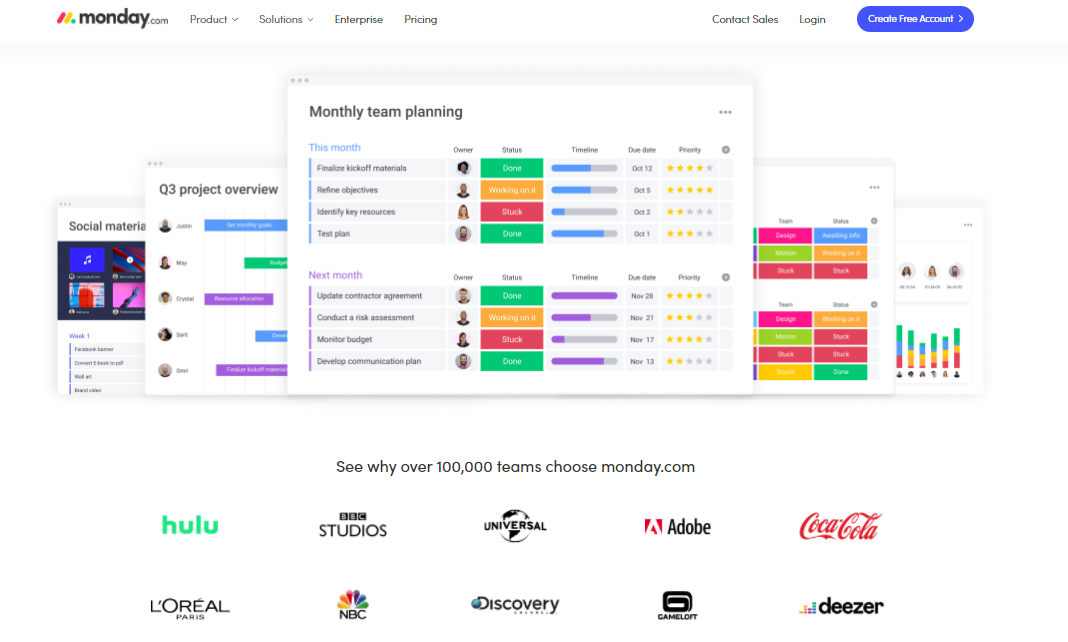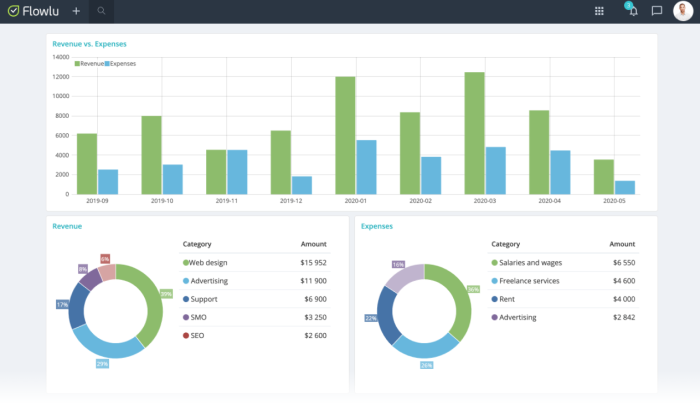
It features a BSD license, so companies can easily add newer functionality or change existing features.openCRX offers exceptional sales forecasting, reports, management, and ticketing capabilities required for successful customer relationships.

So, if you’re after the best free CRM, take a look at openCRX. Moreover, you can hire third-party developers to extend its functionality anytime you want. openCRX comes equipped with all the features needed by starting businesses, including a compelling sales pipeline, issue tracker, and robust activity manager.
#Truly free crm software software
Our editors really like this software due to its simple but useful feature list. OpenCRX is one of the best open source CRM alternative to tools like Salesforce and Zoho. Continue reading to find out the top 20 best free CRM. Anyhow, you’ll learn a lot about various CRM software from this guide. ERP suites work for reducing a product’s cost, whereas CRM concentrates on increasing sales. The CRM model most suitable for you is the one that allows you to interact with your customers in meaningful ways to drive exceptional customer experiences.We often see people using the terms CRM and ERP interchangeably. Also, sophisticated AI-based technology-to support virtual assistants, chatbots, next-best recommendations, and predictive analytics-will not be available. Mobility (anytime, anywhere) will be limited.Īccess to new functionality can be a long, drawn-out process. Companies that remain heavily invested in on-premises CRM risk being left behind as competitors advance to the cloud. However, it's important to recognize that technology is increasingly moving to the cloud. Cloud CRM also offers the convenience of any time, anywhere access.Ī hybrid CRM deployment requires tradeoffs in all the areas mentioned above, but this deployment model can also deliver the best of both worlds. Because upgrades are pushed through automatically, you always have the most up-to-date functionality without significant IT effort. Software-as-a-service (SaaS) options offer simple interfaces that are easy to use and require less IT involvement and investment than on-premises CRM tools.

As a result, they can be costly, involve time-intensive installations and upgrades, and require in-house IT resources for ongoing maintenance. These systems must be purchased, installed and deployed, monitored, maintained, and upgraded. On-premises CRM gives you complete control over your system, but there is a trade-off. Qualitative data can help you better understand your contacts' intent, including search behaviors related to buying decisions.Īs with any other business application, the decision to host your CRM on-premises, in the cloud, or as a hybrid model depends on your business needs. Quantitative data includes measurable data points that can help you interpret how your leads and contacts have interacted with you. It is what fills out that all-important 360-degree view of leads and contacts. Descriptive dataĭescriptive data includes lifestyle details relevant to your contacts. This data should be used for marketing segmentation. Identity data includes descriptive details to identify customers, leads, and contacts. Therefore, focus on collecting and optimizing these four CRM data types: Identity data Conversely, when customer data is complete and accurate, businesses stand a better chance of reaching their target customers and prospects.

Incomplete and inaccurate data can be costly and snowball quickly to degrade the value your CRM tools provide.


 0 kommentar(er)
0 kommentar(er)
